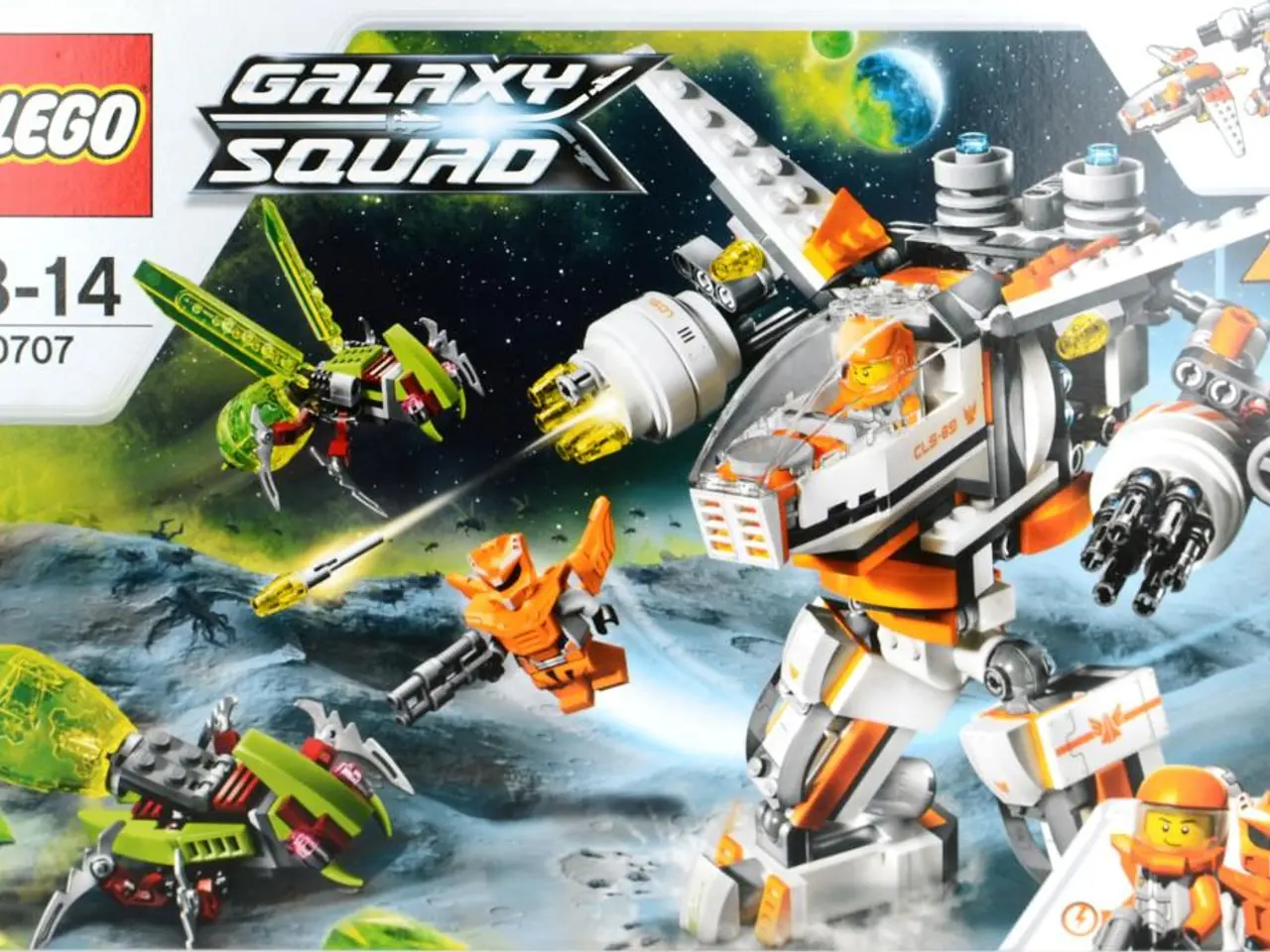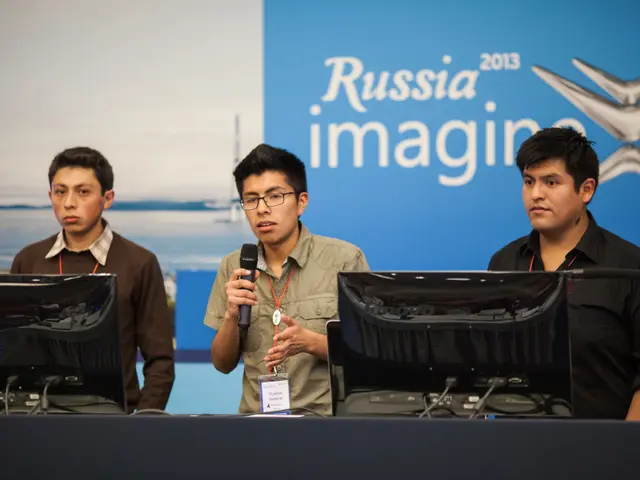Robotic technology in space sees consistent expansion at a rate of 8.10%
=====================================================================
The space industry is witnessing a significant shift with the increasing adoption of robotic systems in space missions. This transition has led to cost reductions in space operations, enabling more frequent missions and expanding commercial opportunities in the aerospace sector. However, companies in the space robotics market, particularly those involved in space tourism and private space ventures, face several key challenges.
Regulatory and Legal Complexities
Navigating a complicated and evolving landscape of international laws, export controls, frequency allocations, and environmental regulations significantly slows innovation and launch approvals. This complexity is a major hurdle for new entrants seeking to make their mark in the space robotics market.
Capital Intensity and Funding Risks
Developing space robotics hardware, launch systems, and orbital infrastructure requires large upfront investments with long timelines before commercial viability. Despite cost reductions in launch technology, many startups struggle to secure the necessary funding to bring their ideas to fruition.
Supply Chain Constraints and Infrastructure Dependence
The industry relies heavily on a small set of launch providers and specialized manufacturing suppliers. Disruptions to supply chains or launch schedules can delay missions and escalate costs, disproportionately impacting new entrants with tight budgets.
Orbital Congestion and Sustainability
As the volume of satellites and spacecraft in orbit grows, companies must contend with orbital debris and crowding. Ensuring orbital sustainability through debris management and coordination is a rising operational and regulatory challenge.
Market Competition and Differentiation
With established players like Rocket Lab, Blue Origin, and Relativity Space planning numerous launches focusing on different market segments, new entrants must identify unique value propositions or partnerships to survive in the competitive commercial launch marketplace.
Technology Development Challenges
Advancements such as robotic hands capable of complex manipulation are emerging, but integrating these innovations effectively into space robotics systems to perform delicate tasks remains technically challenging.
Impact of Geopolitical and Macroeconomic Factors
Although more relevant broadly to robotics, issues like chip shortages or global conflicts indirectly affect space robotics through supply chain disruptions and cost pressures.
Despite these challenges, the increased demand for advanced robotic systems is driving shifts in supply chains for space hardware, including robotic arms, automated docking systems, and orbital satellites. The market is led by robotics companies and space agencies specializing in the development of robotic systems for space missions, satellite servicing, and planetary exploration.
The space robotics market in North America is projected to generate approximately USD 4.8 billion in 2027, with North America capturing 49.5% of the market share in 2023, generating approximately USD 2.4 billion in revenue. The technology segment includes robotic arms, autonomous robots, mobile robots, and AI-based robotics. The industry is evolving with AI-driven automation and advanced robotic systems for enhancing space exploration and satellite maintenance.
The end-user industry segment includes aerospace and defense, government space agencies, private space enterprises, and research institutions. The application segment includes space exploration, satellite servicing, space station maintenance, planetary exploration, and space tourism. Recent developments in the space robotics market include the development of robotic arms for satellite servicing and repair operations, the integration of autonomous robots for space exploration, and the launch of AI-driven robots for space tourism applications.
Businesses should invest in robotics technology development, embrace automation, collaborate with government agencies, focus on commercialization, and leverage AI and machine learning for growth in the space robotics sector. The space robotics market is segmented by technology, application, end-user industry, and region.
Europe and Asia-Pacific are also witnessing growth in the space robotics market, particularly in the aerospace defense and satellite servicing sectors. The growth of the space robotics market is positively impacting the global economy by driving technological advancements in space exploration, satellite servicing, and planetary exploration.
The Global Space Robotics Market is projected to grow from USD 5.0 billion in 2023 to USD 10.9 billion by 2033, at a CAGR of 8.10%. High development costs remain a key challenge, but commercial space missions and government partnerships are driving growth in the space robotics sector. APAC is set to experience rapid growth in the coming years, driven by China's growing space ambitions and private sector investments in robotics technologies.
With space exploration becoming increasingly commercialized, the rise of space tourism and private sector space ventures is further fueling the demand for space robotics, thus contributing to the growth of high-tech industries and driving economic growth in space-related sectors. The future of space exploration and commercial space ventures will increasingly rely on robotic solutions, creating new avenues for growth in the next decade.
- The development of advanced robotic systems, such as robotic hands capable of complex manipulation, presents a significant technological challenge in integrating these innovations into space robotics systems effectively.
- The growth of the space robotics market, particularly in the regions of Europe and Asia-Pacific, is driven by technological advancements in space exploration, satellite servicing, and planetary exploration, which are directly linked to the technology segment that includes robotic arms, autonomous robots, mobile robots, and AI-based robotics.




